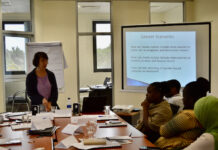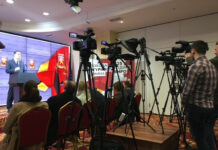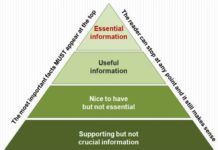
This is a short training module setting out the basics for creating a news package for radio. It’s been created for those starting out in radio journalism. We have embedded a pdf of our training presentation at the bottom of this module. You have the option to open it in full screen or download and print it. We hope you find it helpful. Let us know if you have any questions by using the contact form.
Technique – using sound to tell a story
- Imagine your voice going into a listener’s ear
- Use your voice expressively – plenty of variation
- The tone should be sympathetic to the story
Actuality – enriches your script
- Find good people to interview
- Look for complementary sounds which are relevant to the story
- If it’s a story about dogs, you need barking
Chronology – the evolution of the story
- Find out what has happened
- Uncover the who, why, when, where, and how of the story
- Ensure you understand fully all the elements
Atmosphere – sound effects
- Record enough wild track at the scene
- Wild track is background noise
- It’s useful because you may need it later in the editing process
Sensing – being there
- At the scene, explain what you are sensing
- Describe what can you see, hear, smell and touch
- Avoid explaining how YOU are feeling
Feeling – emotional impact
- Ask your interviewees what they feel
- Find out if they are afraid, sad, hopeful, happy
- What YOU feel doesn’t matter
Perspectives – what people think
- Seek out multiple perspectives
- Look for diverse voices
- Never ignore conflicting opinions
The so what factor – what happens next
- Find out what are the next steps
- Explain why those steps are important
- Note any future events & meetings for follow up purposes
Putting it together – sounds in harmony
- Use short clips from your wild track and interview
- Use your script to bind them together in a logical way
- Keep your links short








